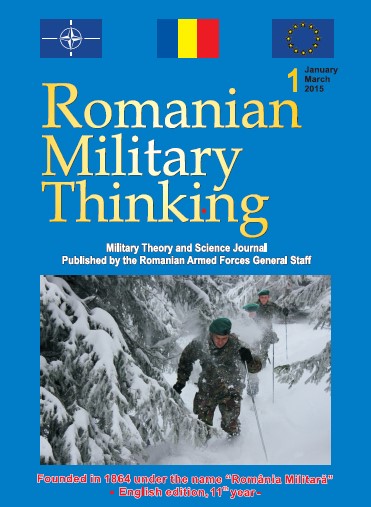SOVIET INTERVENTION IN AFGHANISTAN (1979 – 1989) - OBJECTIVES AND COMBAT TACTICS -
SOVIET INTERVENTION IN AFGHANISTAN (1979 – 1989) - OBJECTIVES AND COMBAT TACTICS -
Author(s): Viorel Buţă, Valentin VasileSubject(s): Military history, Security and defense, Military policy, Post-War period (1950 - 1989), Peace and Conflict Studies
Published by: Centrul tehnic-editorial al armatei
Keywords: Afghanistan; Soviet 40th Army; limited contingent; combat tactics; operational capability;
Summary/Abstract: The article discusses the objectives pursued and the combat tactics employed by the belligerent forces during the Soviet intervention in Afghanistan (1979-1989). In this regard, it is shown that the fulfilment of the political and military objectives was undermined by the contradictory reality of the political situation in Afghanistan, the illegitimate nature of the government in Kabul, and the lack of popular support for the communist regime backed by the USSR. The situation called for a permanent change of the Soviet ground combat tactics, limiting the ability of the Soviet commanders to use their resources efficiently. The Soviet withdrawal from Afghanistan, as agreed by the Geneva Accords in 1988, ended on 15 February 1989, but, unfortunately, it was not followed by the pacification of the country.
Journal: Romanian Military Thinking
- Issue Year: 2015
- Issue No: 1
- Page Range: 122-134
- Page Count: 13
- Language: English

